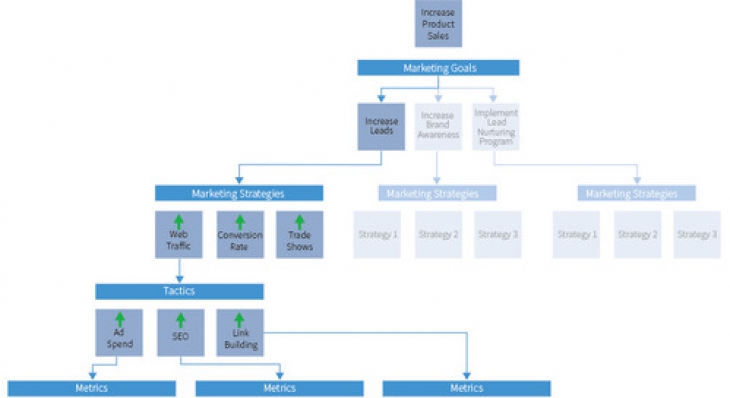Marketing has evolved quite a bit and taken a different direction over the last decade. We no longer get to launch Campaigns in the hopes that they do well and perhaps bring back some results, we no longer advertise without knowing exactly how many people are going to see it, and we certainly can no longer guestimate the Return on Investment. We are being held accountable for every action that we take and we are expected to bring back measurable results.
Marketers are now looking at numbers daily. Analyzing numbers, comparing numbers, presenting numbers – numbers are no longer accountant’s best friends, they are now marketing's best friend, or at least they should be.
But how do we make sense of them all and decide which ones are actually important? I find myself looking at tons of reports daily - Google Analytics, PayPerClick, Email Platform, CRM, PR Platform etc, plus separate reports from all the different advertisers. I spend a good chunk of my day just analyzing, comparing and taking note of trends. I am really good with numbers, don’t get me wrong, but at the same time I am not an analyst – and this is not exactly my area of expertise. So how do I decide which metrics are actually important to me and worth paying attention to? I’ve created this 5 Step Guide along with a visual Diagram to help me through the process.
1. It All Starts with Goals
No department can function without clearly knowing what your company goals are. We all have to know where the company is headed and what it wants to achieve. So start defining and drafting those out – you might need your supervisors’ help with it. For simplicity reasons, I will use the very easy example of increasing Product Sales.
The next obvious step is to define your Marketing Goals as a department. A good rule of thumb is to define 3 goals to coincide with a Main Company Goal. So following our current Example, we would list 3 Marketing Goals that would contribute to increasing Product Sales:
- Increase the number of Leads
- Increase Brand Awareness
- Implement a Lead Nurturing Program
2. Strategy is a BIG word
Yes, unfortunately strategy is not a BUZZ word and we do come across it a lot. So this is the time to be strategic – work out a strategy on how to achieve each of your Marketing Goals. Let’s try to strategize on one of my goals above – increasing the number of Leads. One of the ways to achieve this is by either:
- Increasing the website traffic
- Increasing website conversion rate
- Exhibit at more trade shows
3. Decide on your Tactics
Your strategies can then be broken down even further by deciding on actionable items and the tactics you can take to implement those. Following my example, website traffic can be increased through:
- Increasing advertising spend
- A good SEO strategy
- Implementing a link building program
4. Set up your metrics
Now that we have our Goals setup, we have decided on the Strategy to achieve those goals, and we finally had chosen our Tactics to implement our Strategy, we are ready to decide on our Metrics. The trick here is to decide what is the best measurement for each of your Tactics. Using a rule of thumb again, it's best to define 3 metrics for each tactic:
- Increasing advertising spend: we would look at Impressions, CTR and CPC
- A good SEO strategy: we would pay attention to Queries, Landing Pages and Keywords
- Implementing a link building program: Traffic Sources, Landing Pages and Audience Demographics would be a good indication of the success
You now have 9 Metrics that indicate if your tactics are successful and whether you are on the right track to achieving your goals.
I had put together a diagram that best illustrates this process and can serve as your guide when selecting your most important Marketing Metrics. As you can see from the diagram goals, strategies, tactics and metrics all differ depending on where in the organizational level you are. Metrics for CEO would be Product Sales figures, for Head of Marketing - # of Leads, for Marketing Manager - # of Website Visitors, etc. You get the pattern.
So this is my way of defining most important metrics for myself, how do you make friends with your Marketing Data?




Follow Us
Support